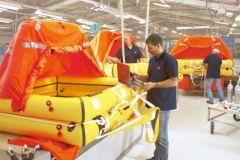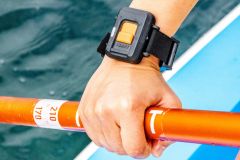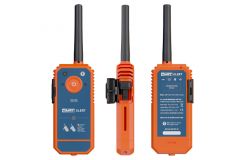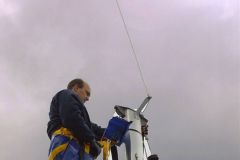Three families of beacons
There are three categories of emergency beacons:
- beacons for the location of a vessel in difficulty (EPIRBs)
- personal Locator Beacons (PLB)
- the AIS personal beacon
The first two are both transmitting on two frequencies:
- 406 MHz, the frequency that allows detection on the global COSPAS-SARSAT satellite network.
- 121.5 MHz, a lower frequency for homing. This frequency has a high accuracy over a shorter range, and allows the guidance of the emergency services during the approach phase.
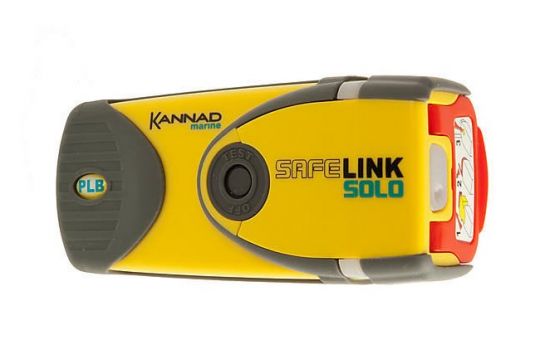
Differentiating the tags
- When activated (manually or automatically), a aIS personal beacon transmits the man overboard GPS position to AIS-equipped vessels and coastal rescue stations. An AIS beacon does not send waves to the satellite network; some models are designed to be integrated into a self-inflating vest. It does not require prior registration. It can transmit for 24 hours and the battery has a life span of 7 years (before being serviced).
- A pL personal beacon B will transmit your personal identifier and your GNSS position (GPS+Galileo) to the Cospas-Sarsat global distress system. The rescuers will be informed regularly of the evolution of your position and will locate you precisely. Please note that the PLB can be used for any outdoor activity that may present a danger, at sea, in the mountains or in the desert. Its autonomy is 24 hours in emission and the battery life varies between 5 and 10 years.
- A EPIRB is a satellite beacon that's attached to a boat. It is registered with the ship's MMSI number, which contains all the technical information of the ship, allowing the rescue team to better anticipate its approach. Manual or automatic, it is floating, waterproof and has a minimum autonomy of 48 hours.
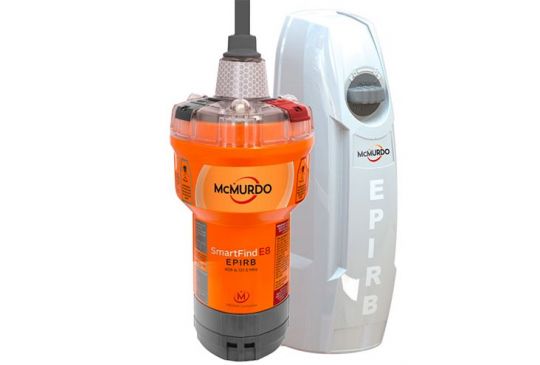
Which model of beacon to choose?
The AIS beacon is suitable for a navigation programme in an area with high traffic density. The PLB will be useful for a crew member changing frequently from boat to boat or practising activities at sea or in the mountains. The EPIRB shall be carried on all vessels with an offshore programme.
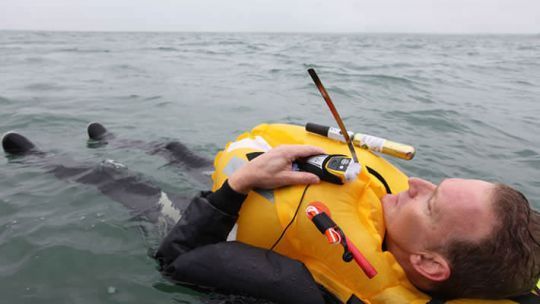
What do the regulations say?
According to Division 240, the EPIRB is mandatory on all offshore-going pleasure craft. All vessels operating more than 60 miles from a shelter are therefore required to carry a beacon programmed with the vessel's MMSI number. The PLB is not part of Division 240.
It should be noted that the rules of measurement for some offshore races require two types of emergency beacons.
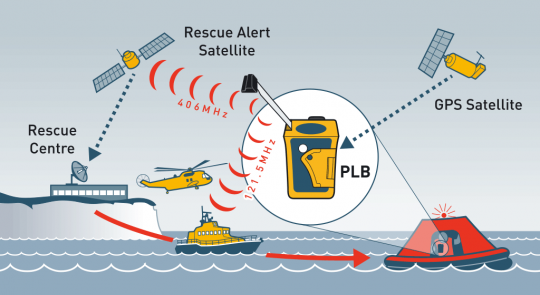
What budget?
Whatever! When you know that safety is priceless. You'll be glad you spent a few hundred euros on your beacon when you find yourself in a distress situation.






